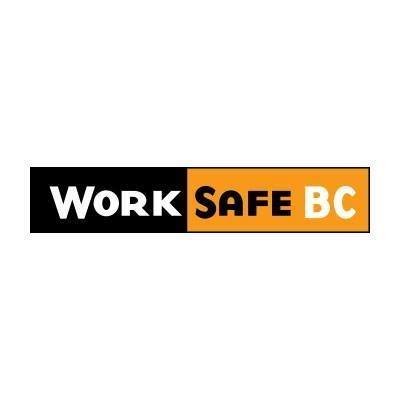Last year, WorkSafeBC responded to 931 complaints of bullying and harassment
Richmond, B.C. — Last year in B.C., WorkSafeBC received more than 3,400 enquiries related to bullying and harassment and responded to 931 specific complaints of bullying and harassment in the workplace.
Of these enquiries, 17 percent came from the health care sector; 10 percent from hospitality; 8 percent from construction; and 8 percent from the retail industry.
Bullying and harassment in the workplace can take many forms. Examples of behaviour or comments that might constitute bullying and harassment include verbal aggression, personal attacks, and other intimidating or humiliating behaviours. While bullying and harassment can occur between workers and between workers and management, bullying and harassment of workers can also occur by customers, clients, and other members of the public.
“Workplace bullying and harassment can have far-reaching impacts on a worker’s psychological health and safety — it can lead to anxiety, depression, absenteeism, and lower productivity,” says Al Johnson, Head of Prevention Services with WorkSafeBC. “No one should be subject to bullying and harassment at work.”
The psychological impact of bullying and harassment can also cause distraction and poor judgement, which increases the risk of other workplace injuries.
As part of its 2022 initiatives, WorkSafeBC will be focusing resources on conducting education, consultation, and enforcement activities around workplace bullying, harassment, and prohibited action. The Bullying, Harassment and Prohibited Action Initiative will address all industries, but there will be a stronger focus on: small businesses, which may have more limited resources; vulnerable industry sectors (e.g., those with young workers or high job insecurity); and industries with a large number of complaints submitted to WorkSafeBC.
As part of this initiative, WorkSafeBC’s focus in 2022 will be:
- Promoting employer compliance to prevent and minimize bullying and harassment, including employers having effective policies, procedures, and training in place.
- Providing prompt responses to complaints of prohibited action, in which an employer penalizes a worker for raising a health and safety issue at work.
- Ensuring employer responses to workplace harassment are fair and impartial (including investigating and implementing preventative and corrective measures.)
- Responding to complaints of inadequate harassment procedures or inadequate responses to harassment by employers.
- Conducting targeted outreach and inspections for employers in the hospitality, retail, and small business sectors. In addition, WorkSafeBC will look at harassment prevention in the health care, construction, and agricultural sectors.
“The goal of our initiative is simple — we want to ensure that employers meet their obligations to keep workers healthy and safe and free from bullying and harassment in the workplace. We are also focused on providing employers and workers with information on how to appropriately respond to harassment in the workplace,” says Johnson.
WorkSafeBC’s role in bullying and harassment is to ensure employers have the proper policies, procedures, and training in place to address bullying and harassment, and that complaints are investigated and addressed.
All WorkSafeBC prevention officers receive general training in in workplace bullying and harassment issues. In addition, WorkSafeBC has a dedicated team of prevention officers with specialized training on the topic.
Additional information:
- Media Backgrounder: Bullying and Harassment
- Bullying, Harassment and Prohibited Action Initiative
- Psychological Health and Safety Initiative
- Workplace Bullying and Harassment FAQs
- Prohibited action complaints – Workers
About WorkSafeBC
WorkSafeBC engages workers and employers to prevent injury, disease, and disability in B.C. When work-related injuries or diseases occur, WorkSafeBC provides compensation and support to people in their recovery, rehabilitation, and safe return to work. We serve approximately 2.3 million workers and 255,000 employers across B.C.
For more information, contact:
Media Relations, WorkSafeBC
Email: media@worksafebc.com
Tel: 604.276.5157
Source: WorkSafeBC


